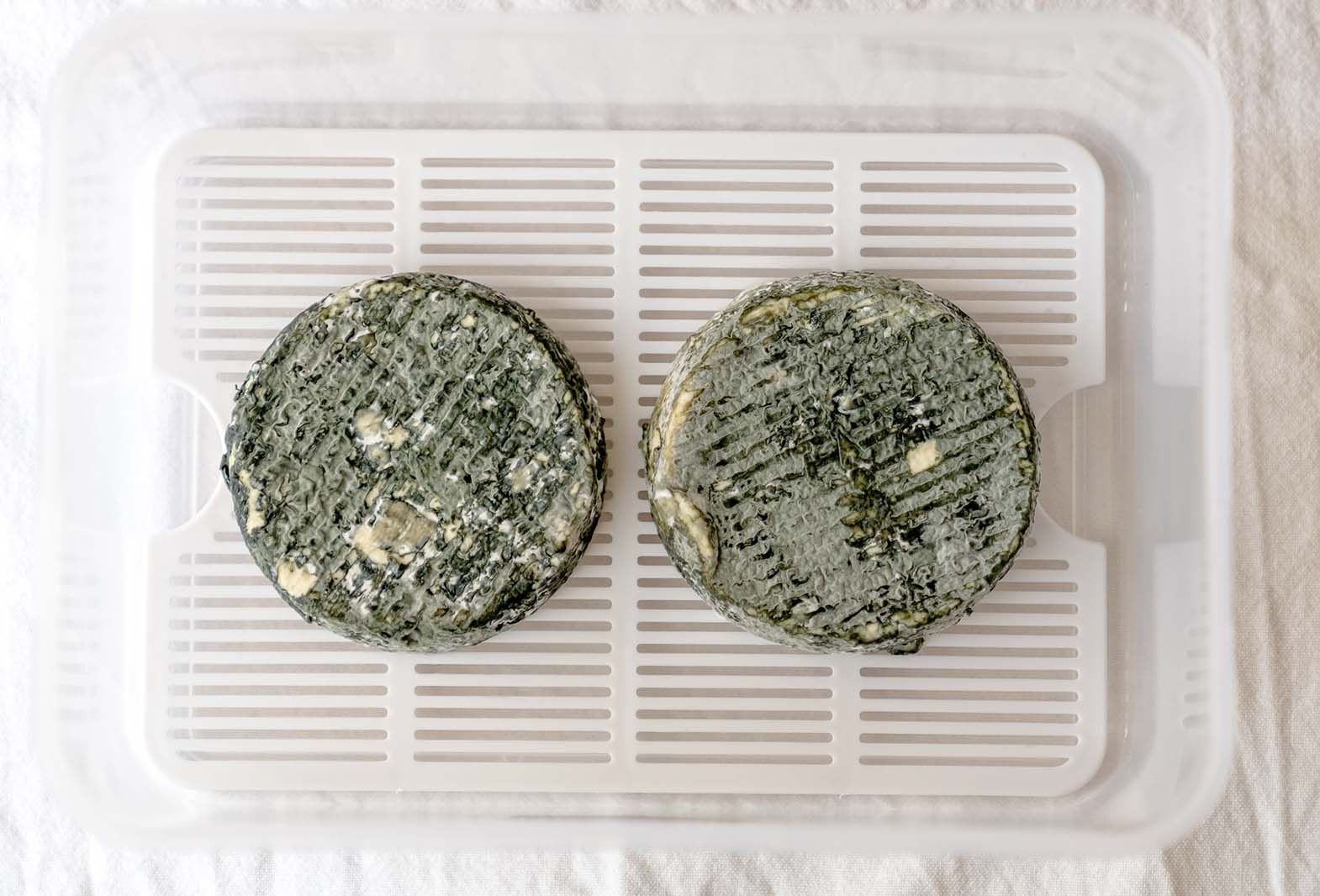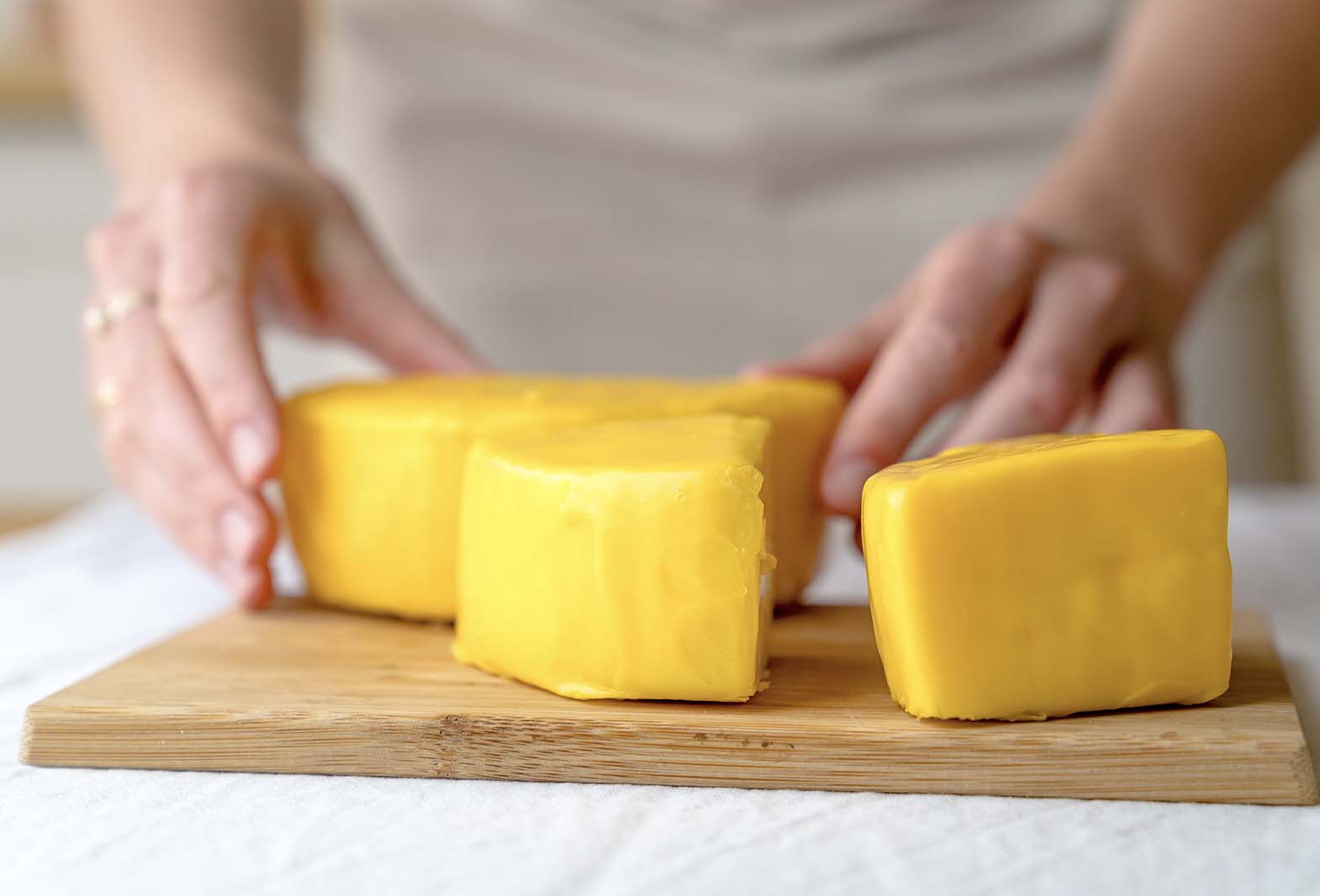Our Blog

Good and bad moulds/molds in cheese making
Mould and cheese go hand in hand, what would camembert, brie or blue vein cheese be without the mould? A chunk of curd, that’s what. Unfortunately, from time to time you’ll open your cheese fridge or ageing box and find some sneaky scoundrels have worked their way in there and infected your precious creations. Pink, orange, red and green, sometimes even black! While these moulds aren’t ideal, we’ve given you a few guidelines below on how to avoid them in the future and what to do about them right now.
Mould and cheese go hand in hand, what would a camembert, brie or blue vein cheese be without the mould? A chunk of curd, that’s what.
Unfortunately, from time to time you’ll open your cheese fridge or ageing box and find some sneaky scoundrels have worked their way in there and infected your precious creations. Pink, orange, red and green, sometimes even black! While these moulds aren’t ideal, we’ve given you a few guidelines below on how to avoid them in the future and what to do about them right now.
Mould management
The dreaded mould has been spotted but how best to deal with it. Total disclaimer to begin with, we do not recommend eating any mould on your cheese that is not intentionally added. We will advise on how best to deal with it, but do not eat the unwanted mould that has grown. It will be small enough amounts that it won’t be toxic but without testing and proper identification, you’re best to avoid it at all costs.
As a general rule unwanted blue, green, white and grey moulds are spoilage moulds and should be fine. Pink, red, orange and black moulds aren’t as good. Depending on how early you catch the mould you may be able to eliminate them with the below instructions, but if they grow more than once during the ageing process, we encourage you to throw the cheese out and start again. Watch out for those black moulds too as they make the cheese taste terrible!
The first question is what type of cheese are you making?
Generally, the softer the cheese, the easier it is for the mould to penetrate and therefore the more contaminated it will be. The below is a guide for spots of mould; should you find that mould has penetrated the cheese and isn’t just on the surface then it is a preparation issue and can’t be fixed.
Unaged cheeses from the Fresh and Italian Cheese Kits
Sorry but you need to get rid of it! There is a lot of moisture in these cheeses and therefore more risk that harmful bacteria may be present as well as the mould. It’s not worth the risk.
Soft aged cheeses
If it is just one spot of mould carefully cut it out until it’s totally gone, cut at least 1cm around the mould. Rub salt directly onto this area and then continue the ageing process but keep a close eye on it. If you can control the moisture in your ageing environment then try and reduce it slightly as this will help reduce mould growth.
Hard aged cheeses
Scrape/cut off the unwanted mould and use a salt solution (ideally around 6%) to thoroughly rub the area and the entirety of the hard cheese to avoid further growth. Let the cheese dry completely and then continue ageing it. If you’re concerned, rub with a salt solution every 3 days for a week to reduce the risk.

Mould troubleshooting
You followed all the instructions to a tee, but there are still little mould dots growing on your homemade cheese. What went wrong??
The main reasons for unwanted mould growth are:
- Poor sanitation of the ageing area or handling equipment, this is really important for cheese.
- Poor sanitation of your hands when handling the cheese.
- Mould needs air to grow and this should be eliminated if the cheese is correctly prepared, drained and pressed. If the curds are the correct temperature when added to the cheese press or cheese mould they should knit together so there are no internal air bubbles. Pressing will help reduce potential air bubbles further.
- The cheese isn’t dry enough before ageing, make sure it’s a completely dry surface before putting into your cheese fridge or ageing box. It’s better to leave it for an extra day or two to dry out properly than have mould issues.
- Not enough air circulation, the ageing box needs to be opened every day to allow some fresh air to circulate.
- Cross-contamination of cheeses, moulds are airborne so if you have two mouldy cheeses (blue and white mould) in the same environment they will likely contaminate each other.
- Not enough salt, whether it’s added in the curd or sprinkled on the surface it’s the main inhibitor of mould growth in cheese.
Cheese is the perfect place for mould growth; curd to grow on, possibly a little bit moist and not much else in there to stop them proliferating. Don’t worry lots of people have mould issues from time to time, even the big manufacturers. It’s what you do next time you are cheese making that will make the difference.
